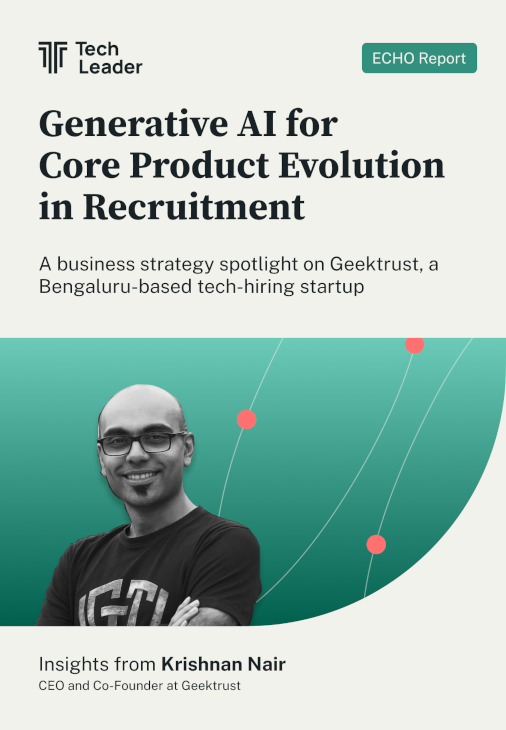McKinsey’s January 2025 report on AI in the workplace discusses four archetypes that may shape the future of work: Zoomers, Bloomers, Gloomers, and Doomers. Understanding them is an exercise in workplace anthropology, and might also be the key to leading teams through the current AI shift.
The Bloomers
The optimists. The “AI will help us do more meaningful work” crowd. Bloomers believe in balance. They want AI to be developed responsibly, with a thoughtful rollout, diverse inputs, and plenty of employee involvement. They are the team members already automating their spreadsheets and suggesting ethical guidelines in the same breath.
How to spot one: They’ve already built a personal GPT to help them manage team OKRs. They’re also nudging the company to start an “AI Ethics Friday”.
How to lead them: Empower them. Bloomers are built-in change agents — they just need the green light to help scale responsible AI use across teams.
The Zoomers
The speed demons. “Let the devs handle it — let’s ship.” Zoomers trust the tech and just want to get moving. They're the ones testing plugins, pushing pilots, and asking, “Can we get API access to this thing today?”
How to spot one: They’ve found a way to run meetings via Slackbot and are currently rebuilding your onboarding docs with AI-generated gifs.
How to lead them: Channel their energy. Pair them with Bloomers to balance speed with structure. Give them sandboxes to experiment safely, and rein them in when they try to replace the finance team with LLMs.
The Gloomers
The skeptics. “Let’s pump the brakes.” Gloomers aren’t anti-AI — they just want proof that it works, is safe, and won’t accidentally send customer data to a toaster in the cloud. They’re the pragmatic center of the organization, asking the hard questions.
How to spot one: They show up to AI demos with a list of 23 “edge cases” and two case studies printed out and highlighted.
How to lead them: Appreciate their concern. Involve them early in tool assessments, governance conversations, and risk audits. Gloomers will become trusted advisors if they feel heard.
The Doomers
The existential philosophers. “We’re training our replacements.” Doomers have lost faith. They view AI as a threat to jobs, equity, and humanity’s general well-being, and they're not entirely unjustified.
How to spot one: They refer to ChatGPT as “Skynet Lite”. They’ve read every op-ed on AI ethics, and they send them to you at 2am.
How to lead them: Start with empathy. Fear of displacement is real, especially when 92 million jobs are expected to shift in the coming years. Help Doomers see the possibilities, not just the risks. Offer training pathways. Highlight human-in-the-loop models. At the very least, don’t make every meeting about “efficiency gains”.
Why this matters
Your workplace isn’t for or against AI. It’s a spectrum, and every archetype has something to contribute: Zoomers push us forward, Bloomers make sure we don’t trip on the way, Gloomers point out the potholes, and Doomers remind us there’s a world beyond efficiency. Successful AI adoption will be about meeting people where they are and giving them space to learn, test, and shape the future together. When the workplace has room for each archetype to thrive, AI becomes something bigger than a tool.
%20(1).png)



.svg)








.png)
.svg)